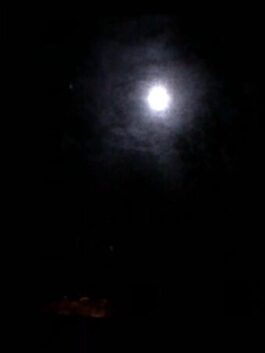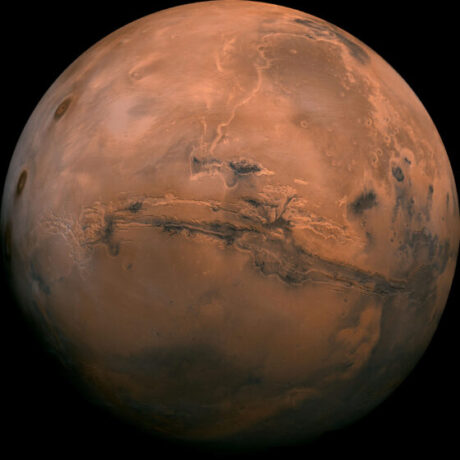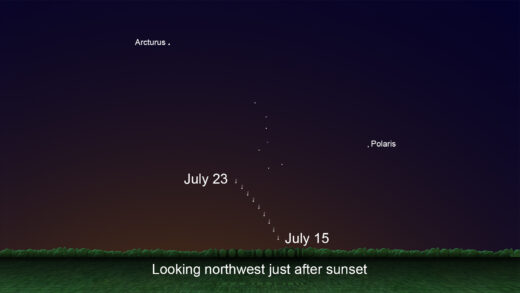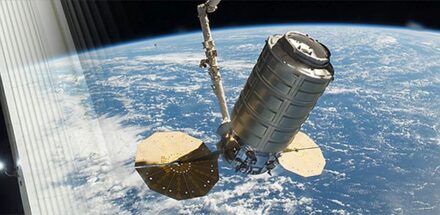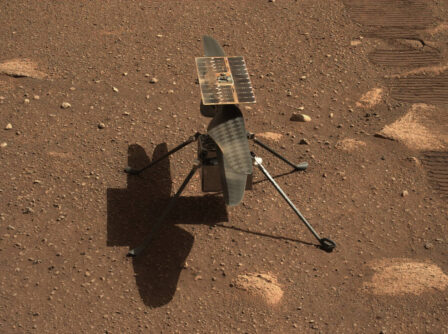
Escape from our earthly pandemic April 12, 2021 via NASA.
Tune in to NASA Live or NASA online early, actually very early, Monday morning when, if all goes as planned, Ingenuity, the Mars Helicopter, will be seen moving and hovering beginning at 3:30 a.m. EDT.
A post flight briefing is planned for 11 a.m. EDT, April 12.
Ingenuity’s inaugural flight will livestream to (hopefully) demonstrate the first powered flight on another planet.
Don’t expect the kind of helicopter tour often touted for visiting Hawaii or the Grand Canyon. Ingenuity will be starting out slow and low in Mars’ freezing temperatures and thin air. If all goes well, it will move just a few feet up and hover a few seconds before landing.
‘That will be a major milestone: the very first powered flight in the extremely thin atmosphere of Mars, ” said a NASA statement.
Ingenuity demonstrations are expected to continue with greater altitude and distance for approximately 31 Martian days (sols). Then, Perseverance will continue its exploratory mission.
The helicopter was attached to the Perseverance rover that landed at the Jezero Crater on Mars, Feb. 18, 2021. Perseverance released Ingenuity upon reaching what was considered to be a good “helipad.”
For this and more NASA events visit NASAonline.


